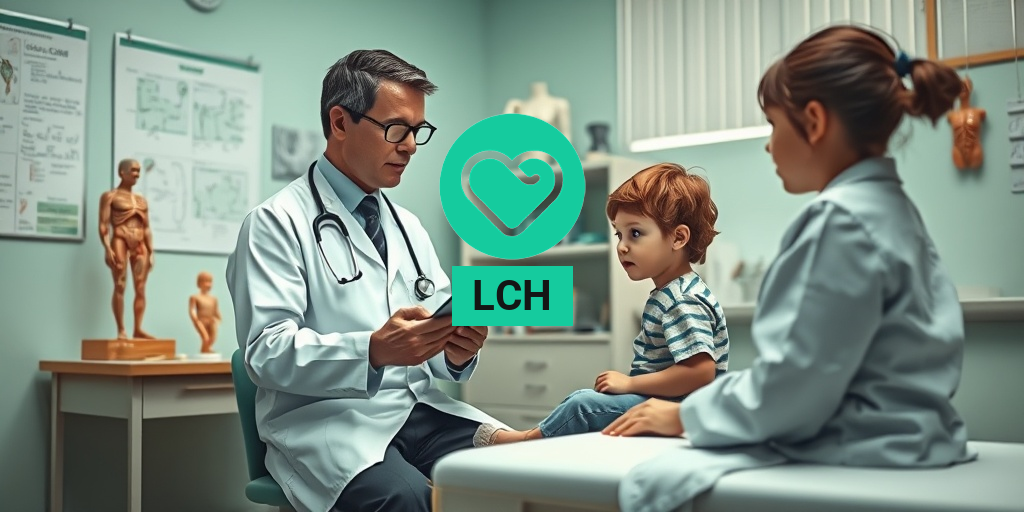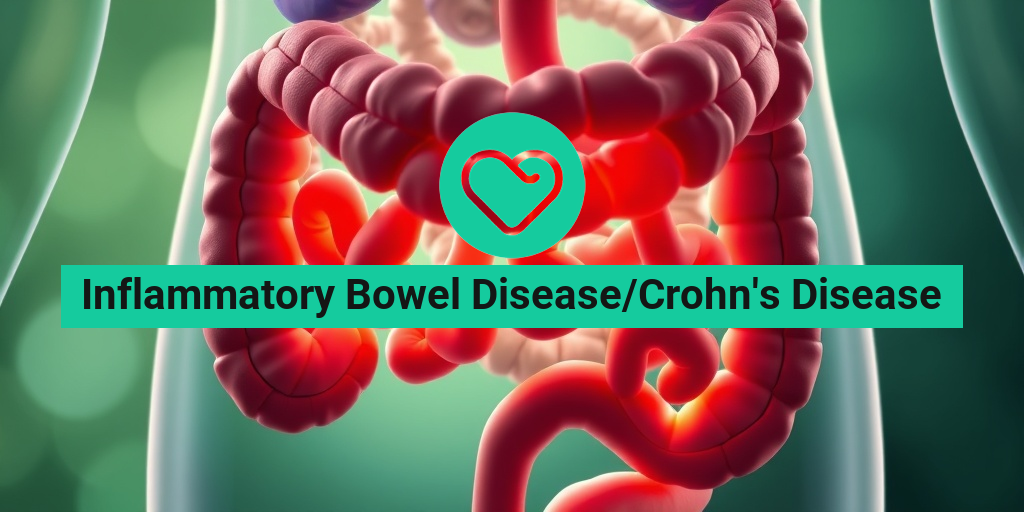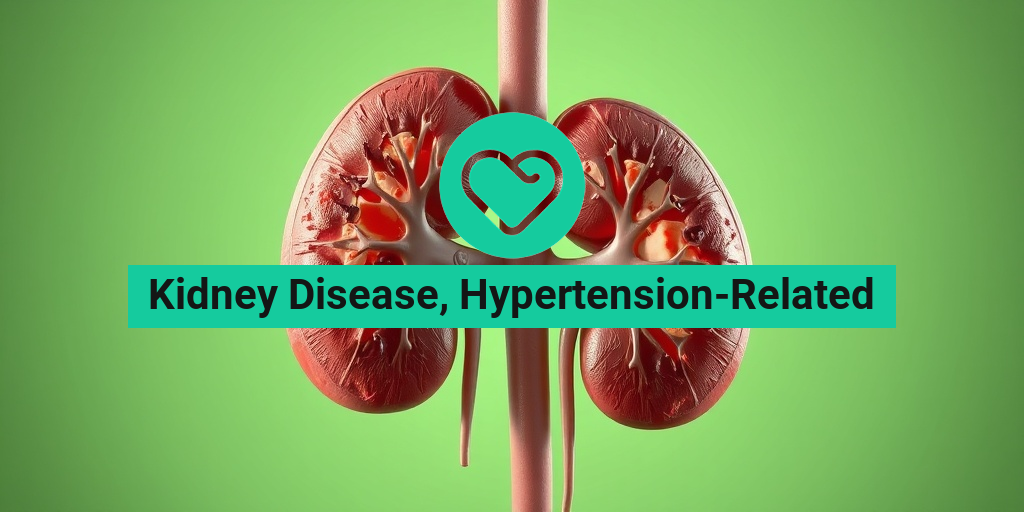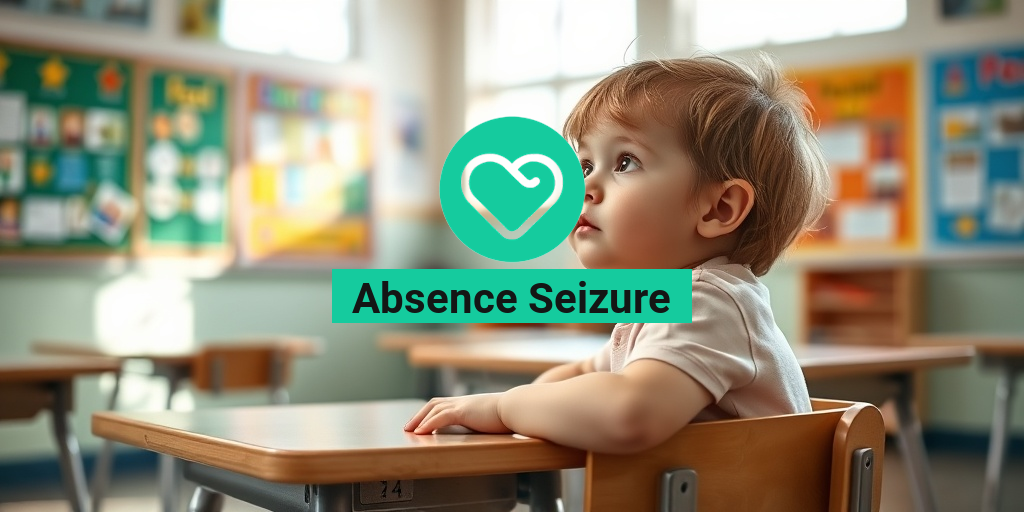Understanding Langerhans Cell Histiocytosis
Langerhans Cell Histiocytosis (LCH) is a rare disorder that primarily affects the skin and bones, but it can also involve other organs. This condition is characterized by an abnormal proliferation of Langerhans cells, which are a type of immune cell that plays a crucial role in the body’s defense mechanisms. Understanding LCH is essential for early diagnosis and effective treatment, as it can present in various forms and severity levels.
What Causes LCH?
The exact cause of LCH remains unclear, but it is believed to be related to an abnormal immune response. Some researchers suggest that genetic mutations may play a role, while others consider environmental factors as potential triggers. Although LCH can occur in individuals of any age, it is most commonly diagnosed in children, particularly those under the age of 10.
Types of LCH
LCH can manifest in several forms, each with distinct characteristics:
- Single-System LCH: This type affects only one organ or area of the body, such as the skin or bones. It is often less severe and may resolve on its own.
- Multi-System LCH: In this form, multiple organs are involved, which can lead to more serious health complications. It requires more intensive treatment.
- Chronic LCH: This type persists over a long period and may require ongoing management and treatment.
Symptoms of LCH
The symptoms of LCH can vary widely depending on the organs involved. Common symptoms include:
- Skin Lesions: These may appear as red, scaly patches or bumps, often resembling eczema or psoriasis.
- Bone Pain: LCH can cause bone lesions, leading to pain and swelling in affected areas.
- Respiratory Issues: If the lungs are involved, symptoms may include cough, difficulty breathing, or recurrent infections.
- Fatigue and Fever: General symptoms like fatigue, fever, and weight loss may also occur, especially in multi-system cases.
What Is LCH?
LCH is not just a single disease but rather a spectrum of disorders that share common features. The condition can be quite complex, making it essential for healthcare providers to have a thorough understanding of its various presentations.
Diagnosis of LCH
Diagnosing LCH typically involves a combination of clinical evaluation, imaging studies, and biopsy. A healthcare provider may perform the following:
- Physical Examination: A thorough examination to assess symptoms and identify any lesions.
- Imaging Tests: X-rays, CT scans, or MRIs may be used to visualize bone lesions or organ involvement.
- Biopsy: A tissue sample may be taken from a lesion to confirm the presence of Langerhans cells.
Treatment Options for LCH
The treatment for LCH varies based on the type and severity of the disease. Options may include:
- Observation: In cases of single-system LCH that are not causing significant symptoms, doctors may recommend a watchful waiting approach.
- Corticosteroids: These anti-inflammatory medications can help reduce symptoms and control the proliferation of Langerhans cells.
- Chemotherapy: For multi-system LCH or more severe cases, chemotherapy may be necessary to manage the disease effectively.
- Targeted Therapy: Newer treatments that specifically target the pathways involved in LCH are being researched and may offer additional options.
Living with LCH
Living with LCH can be challenging, especially for those with multi-system involvement. Support from healthcare providers, family, and support groups can be invaluable. Regular follow-ups and monitoring are essential to manage the condition effectively.
For more information and resources on LCH, consider visiting Yesil Health AI, where you can find evidence-based health answers and support.
In conclusion, understanding LCH is crucial for early diagnosis and effective management. If you or someone you know is experiencing symptoms associated with LCH, it is important to seek medical advice promptly. With the right treatment and support, many individuals with LCH can lead fulfilling lives. 🌟
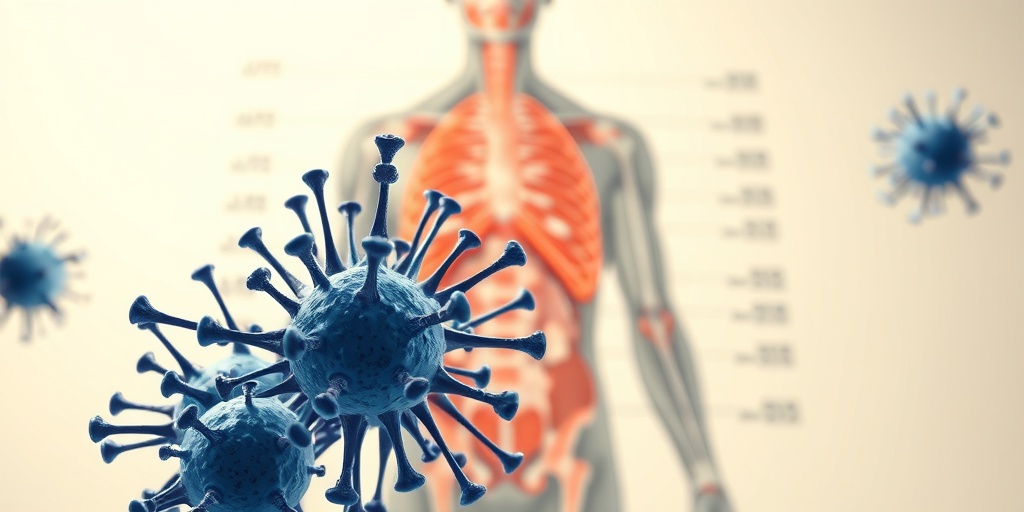
LCH Symptoms
LCH, or Langerhans Cell Histiocytosis, is a rare condition that can affect various parts of the body. Understanding the symptoms of LCH is crucial for early diagnosis and effective treatment. The symptoms can vary significantly depending on the organs involved and the severity of the disease.
Common Symptoms of LCH
Some of the most common symptoms associated with LCH include:
- Bone Pain: Many patients experience pain in the bones, particularly in the skull, spine, and long bones. This pain can be persistent and may worsen with activity.
- Skin Rashes: Skin lesions or rashes are often seen in patients with LCH. These can appear as red, scaly patches or bumps and may be itchy.
- Fever: Unexplained fevers are a common symptom, often accompanied by fatigue and malaise.
- Swollen Lymph Nodes: LCH can cause lymphadenopathy, which is the swelling of lymph nodes, particularly in the neck and armpits.
- Respiratory Issues: If the lungs are affected, symptoms may include cough, difficulty breathing, or chest pain.
- Gastrointestinal Symptoms: Some patients may experience abdominal pain, diarrhea, or other digestive issues if the gastrointestinal tract is involved.
Symptoms in Children vs. Adults
The symptoms of LCH can manifest differently in children compared to adults. In children, LCH may present with:
- Bone Lesions: Children often develop bone lesions that can lead to fractures.
- Diabetes Insipidus: This condition, characterized by excessive thirst and urination, can occur if the pituitary gland is affected.
- Growth Delays: Children with LCH may experience delays in growth and development.
In adults, symptoms may be more systemic and can include chronic pain and fatigue, which can significantly impact quality of life.
LCH Causes
The exact cause of LCH remains unclear, but researchers believe it involves a combination of genetic and environmental factors. Understanding these causes can help in managing the condition effectively.
Genetic Factors
Some studies suggest that genetic mutations may play a role in the development of LCH. These mutations can affect the immune system, leading to the abnormal proliferation of Langerhans cells, which are a type of white blood cell. This abnormal growth can result in the symptoms associated with LCH.
Environmental Triggers
While the genetic predisposition is significant, certain environmental factors may trigger the onset of LCH. These can include:
- Infections: Some viral infections have been linked to the onset of LCH, although more research is needed to establish a direct connection.
- Exposure to Chemicals: Certain chemicals and toxins in the environment may contribute to the development of LCH.
- Immune System Dysfunction: An impaired immune system may also increase the risk of developing LCH, as it can lead to an abnormal response to infections or other stimuli.
Risk Factors
While LCH can occur in anyone, certain factors may increase the risk:
- Age: LCH is more commonly diagnosed in children, particularly those under the age of 10.
- Gender: Males are more frequently affected than females.
- Family History: A family history of LCH or other related conditions may increase the likelihood of developing the disease.
Understanding the symptoms and causes of LCH is essential for early detection and treatment. If you or someone you know is experiencing symptoms associated with LCH, it is crucial to seek medical advice promptly. Early intervention can significantly improve outcomes and quality of life. 🌟

LCH Risk Factors
LCH, or Langerhans Cell Histiocytosis, is a rare disease that can affect various organs in the body. Understanding the risk factors associated with LCH is crucial for early detection and management. While the exact cause of LCH remains unclear, several factors may increase the likelihood of developing this condition.
Genetic Predisposition
One of the most significant risk factors for LCH is a genetic predisposition. Studies have shown that individuals with certain genetic mutations may be more susceptible to developing LCH. For instance, mutations in the BRAF gene have been linked to the disease. If you have a family history of LCH or related conditions, it’s essential to discuss this with your healthcare provider.
Age and Gender
LCH can occur at any age, but it is most commonly diagnosed in children, particularly those under the age of 10. Interestingly, boys are more frequently affected than girls, suggesting that gender may play a role in the disease’s development. However, adults can also develop LCH, often presenting with different symptoms and complications.
Environmental Factors
Some researchers believe that environmental factors may contribute to the risk of developing LCH. Exposure to certain toxins or infections during early childhood could potentially trigger the disease in genetically predisposed individuals. While more research is needed in this area, it’s essential to be aware of your surroundings and any potential exposures that could impact your health.
Immune System Function
Individuals with compromised immune systems may also be at a higher risk for LCH. Conditions that weaken the immune response, such as HIV/AIDS or autoimmune diseases, can increase susceptibility to various infections and diseases, including LCH. Maintaining a healthy immune system through proper nutrition, exercise, and regular medical check-ups is vital for reducing risk.
Symptoms to Watch For
Being aware of the symptoms associated with LCH can aid in early diagnosis. Common symptoms include:
- Bone pain or swelling
- Skin rashes or lesions
- Respiratory issues, such as cough or difficulty breathing
- Fatigue and unexplained weight loss
If you or your child experience any of these symptoms, it’s crucial to seek medical advice promptly.
LCH Diagnosis
Diagnosing LCH can be challenging due to its rarity and the variability of symptoms. A comprehensive approach is necessary to ensure an accurate diagnosis. Here’s a closer look at the diagnostic process for LCH.
Medical History and Physical Examination
The first step in diagnosing LCH typically involves a thorough medical history and physical examination. Your healthcare provider will ask about any symptoms you or your child are experiencing, as well as any relevant family history. A physical examination will help identify any visible signs of the disease, such as skin lesions or swollen lymph nodes.
Imaging Tests
Imaging tests play a crucial role in diagnosing LCH. Common imaging modalities include:
- X-rays: These can help identify bone lesions associated with LCH.
- CT scans: A CT scan provides detailed images of internal organs and can help detect lesions in the lungs or other areas.
- MRIs: Magnetic resonance imaging is particularly useful for assessing brain involvement in LCH.
These imaging tests help healthcare providers visualize the extent of the disease and determine the best course of action.
Biopsy
A definitive diagnosis of LCH often requires a biopsy. During this procedure, a small sample of tissue is removed from the affected area and examined under a microscope. The presence of Langerhans cells, which are characteristic of the disease, confirms the diagnosis. This step is crucial, as it helps differentiate LCH from other similar conditions.
Blood Tests
Blood tests may also be conducted to assess overall health and identify any abnormalities. While there are no specific blood tests for LCH, certain markers may indicate the presence of the disease or its impact on organ function. Your healthcare provider will interpret these results in conjunction with other diagnostic findings.
Multidisciplinary Approach
Given the complexity of LCH, a multidisciplinary approach is often necessary for diagnosis and treatment. This may involve collaboration between pediatricians, oncologists, dermatologists, and other specialists to ensure comprehensive care. Early diagnosis and intervention are key to improving outcomes for individuals with LCH.
In conclusion, understanding the risk factors and diagnostic process for LCH is essential for timely intervention and management. If you suspect LCH or have concerns about your health, don’t hesitate to reach out to a healthcare professional for guidance. 🩺
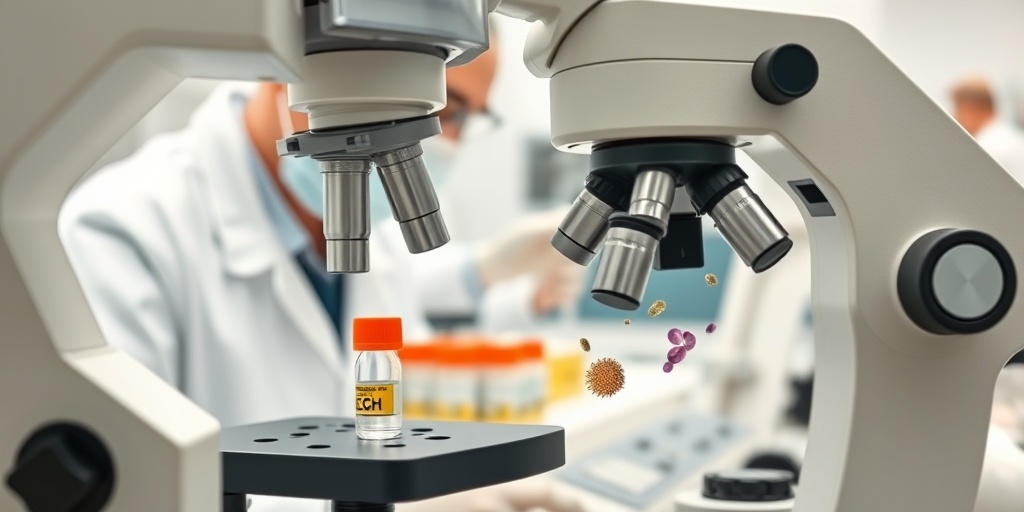
LCH Treatment Options
LCH, or Langerhans Cell Histiocytosis, is a rare disease that can affect various parts of the body, including the skin, bones, and organs. The treatment for LCH can vary significantly based on the severity of the disease, the age of the patient, and the specific organs involved. Here, we will explore the most common treatment options available for LCH.
1. Observation and Monitoring
In cases where LCH is diagnosed but not causing significant symptoms or complications, doctors may recommend a strategy of observation and monitoring. This approach is particularly common in patients with solitary bone lesions or skin lesions that are not affecting overall health. Regular follow-ups and imaging studies help ensure that the condition does not progress.
2. Medications
For patients who require treatment, several medications can be effective:
- Corticosteroids: These anti-inflammatory drugs are often the first line of treatment for LCH. They help reduce inflammation and can be administered orally or through injections.
- Chemotherapy: In more severe cases, especially when LCH affects multiple systems, chemotherapy may be necessary. This treatment uses powerful drugs to kill rapidly dividing cells, including those of LCH.
- Targeted Therapy: Newer treatments that target specific pathways involved in LCH are being explored. For instance, the use of vemurafenib has shown promise in some cases.
3. Radiation Therapy
Radiation therapy may be used in specific situations, particularly for patients with localized lesions that do not respond to other treatments. This therapy uses high-energy rays to target and destroy LCH cells, helping to alleviate symptoms and prevent further complications.
4. Surgical Intervention
In some cases, surgical intervention may be necessary to remove tumors or lesions caused by LCH. This is particularly true for lesions that are causing pain or functional impairment. Surgery can provide immediate relief and may be combined with other treatments for a more comprehensive approach.
5. Supportive Care
Regardless of the treatment plan, supportive care is crucial for managing symptoms and improving the quality of life for patients with LCH. This may include:
- Pain management
- Physical therapy to maintain mobility
- Psychological support to help cope with the emotional aspects of the disease
LCH Prognosis
The prognosis for patients with LCH can vary widely based on several factors, including the age of the patient, the extent of the disease, and the organs involved. Understanding the prognosis can help patients and families prepare for the journey ahead.
1. Factors Influencing Prognosis
Several key factors can influence the prognosis of LCH:
- Age: Younger patients, particularly infants, tend to have a better prognosis compared to older children and adults.
- Extent of Disease: Patients with isolated lesions generally have a better outlook than those with multisystem involvement.
- Response to Treatment: How well a patient responds to initial treatments can significantly impact long-term outcomes.
2. Survival Rates
While LCH is a serious condition, many patients experience favorable outcomes. Studies suggest that the overall survival rate for patients with LCH is relatively high, especially for those with localized disease. For patients with multisystem LCH, the prognosis can be more guarded, but advancements in treatment continue to improve outcomes.
3. Long-Term Considerations
Even after successful treatment, some patients may experience long-term effects or complications related to LCH. Regular follow-up care is essential to monitor for any potential recurrence or late effects of treatment. This ongoing care can help manage any issues that arise and ensure the best possible quality of life.
In conclusion, while LCH presents unique challenges, understanding the treatment options and prognosis can empower patients and families to make informed decisions. With the right approach, many individuals with LCH can lead fulfilling lives. 🌟
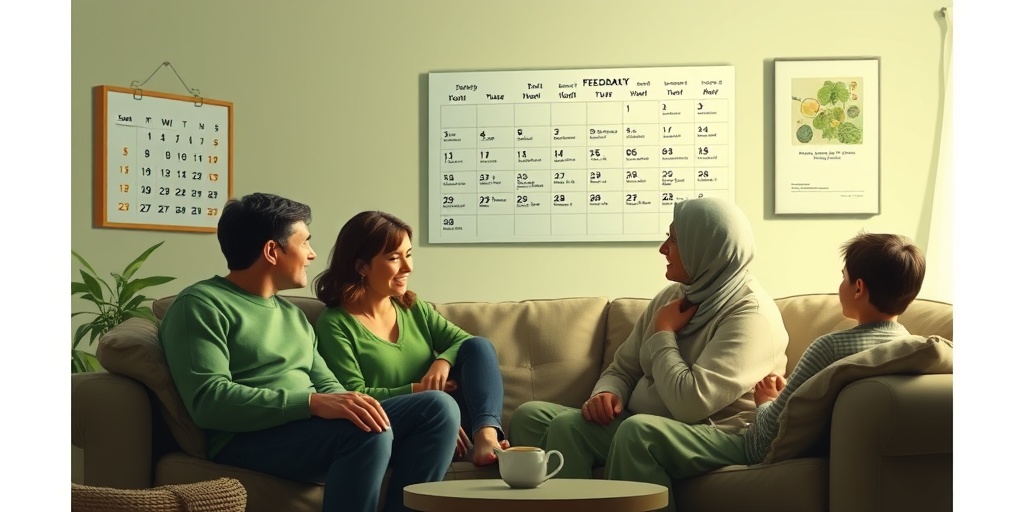
Frequently Asked Questions about LCH
What is LCH?
LCH stands for Light Combat Helicopter, a versatile aircraft designed for various military operations. It is known for its agility, advanced technology, and combat capabilities.
What are the key features of the LCH?
- Advanced avionics: The LCH is equipped with state-of-the-art navigation and targeting systems.
- Agility: Its design allows for superior maneuverability in combat situations.
- Armament: The helicopter can carry a variety of weapons, including missiles and machine guns.
How does the LCH compare to other helicopters?
The LCH is specifically designed for light combat, making it more agile and versatile compared to heavier helicopters. Its advanced technology and weaponry also give it an edge in modern warfare scenarios.
What is the significance of the recent acquisition of LCHs?
The recent acquisition of LCH helicopters by various countries signifies a strategic enhancement of their military capabilities. This move is aimed at strengthening defense forces and ensuring readiness for various operational scenarios.
Can the LCH be used for non-combat purposes?
Yes, while primarily designed for combat, the LCH can also be utilized for humanitarian missions, reconnaissance, and disaster relief operations due to its versatility.
Where can I find more information about LCH?
For more detailed information about the LCH, you can visit official defense websites, military publications, or trusted news sources that cover defense technology and aviation.
Are there any upcoming events related to LCH?
Stay tuned for defense expos and aviation shows where the LCH may be showcased. These events often provide insights into the latest advancements and operational capabilities of military aircraft.

